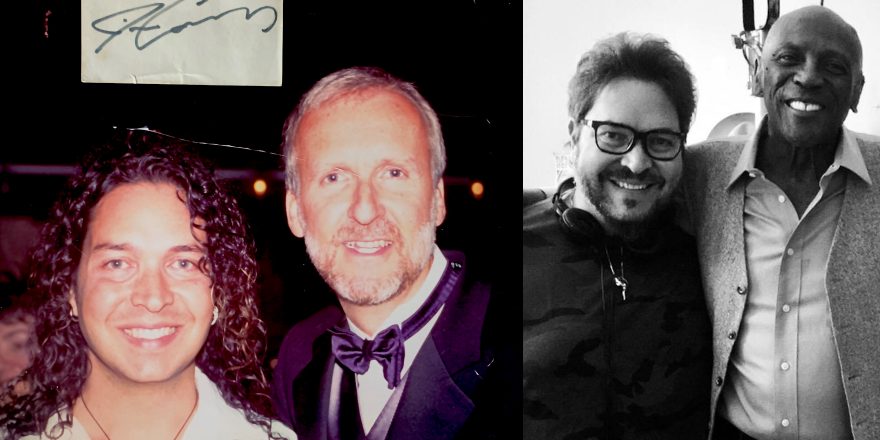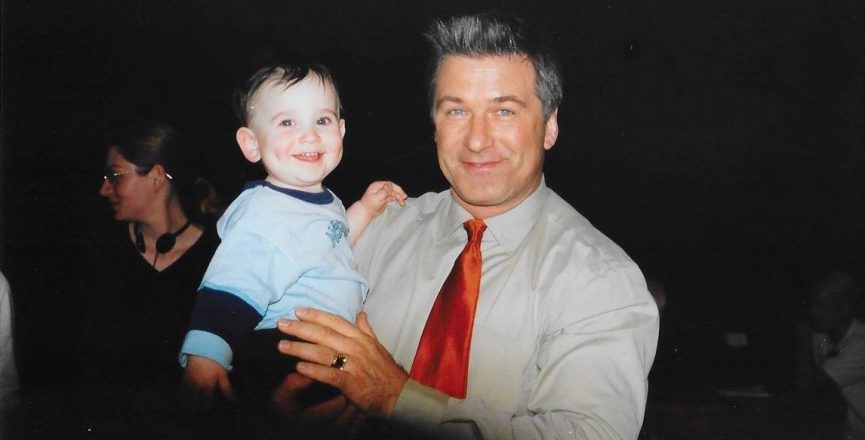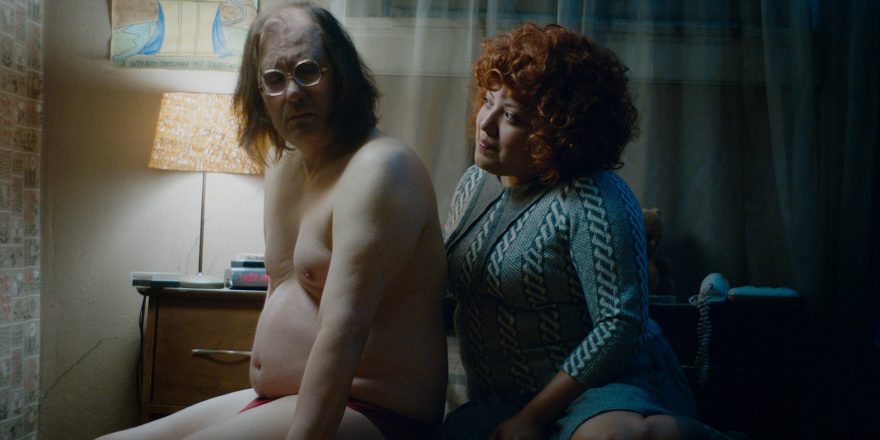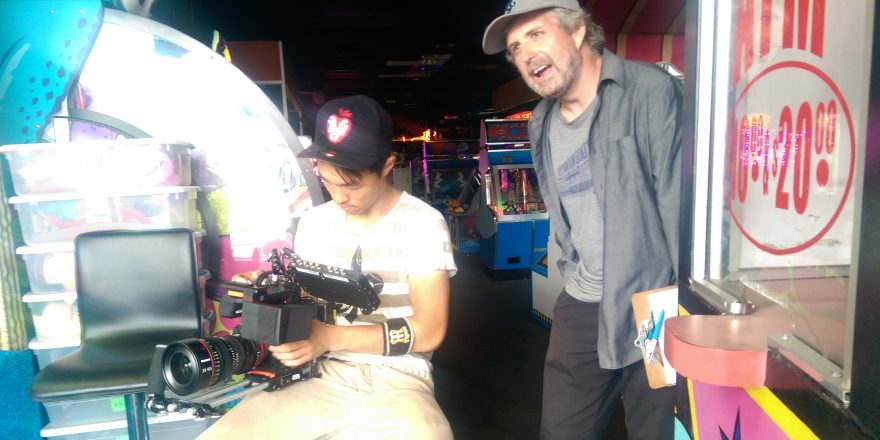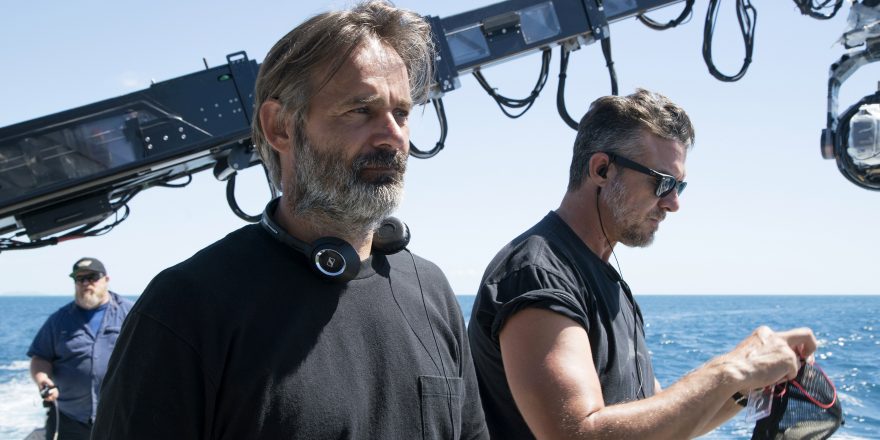In the past few months, I have been forced – like many – to reflect on my life, my career and my overall values. As the world hit the pause button, I fully intended to catch up on books, revisit projects that had been put on the back burner, spend more time with family, and meditate more. Strangely, though, I’ve been busier now than I have ever been, perhaps using activity as a coping mechanism to avoid thinking about the tragedy of this moment. During the craziness of having to pivot the release of my latest film, The Cuban, I began to reflect upon why I was drawn to cinema – and the arts – in the first place.
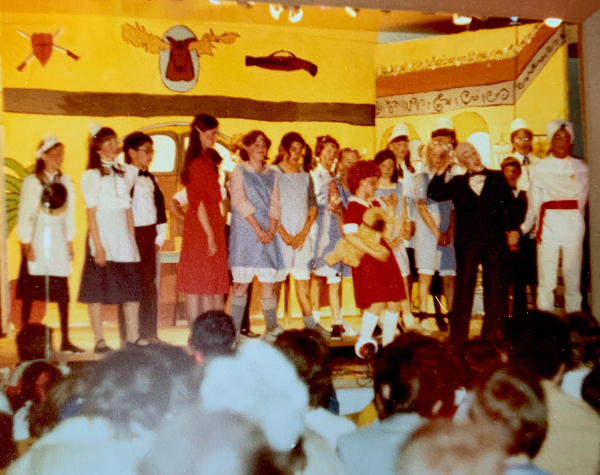
In my youth, my formative artistic experiences included playing the accordion, studying vocals and performing recitals at the Royal Conservatory of Music in Toronto, playing Daddy Warbucks in a stunningly elaborate elementary school production of Annie that was broadcast on our local cable channel, and singing in a rock and blues cover band, playing in smoky bars in my teens. In many ways, music and theatre were my refuge from a confusing, sometimes scary world. From a very young age, I was acutely aware of the fact that I never quite fit in. I was thoughtful and sensitive, and the internal landscape of my own mind was a comfortable place for me. But things were different in the outside world. I suffered from debilitating shyness and anxiety from the time I was a small child, and I was an easy target for bullies, who attacked me mercilessly. The arts, however, created a safe space where I could have a voice. The experience of creating music or theater was visceral, and there was truth in it. The arts emboldened me to be courageous and taught me how to connect with people and contribute to the world.
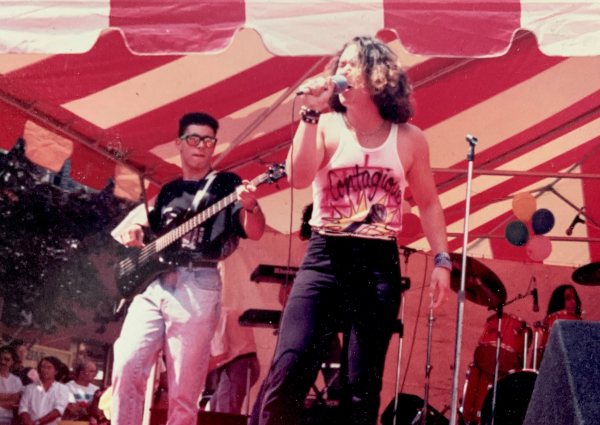
Over the years, my little voice got bigger, I eventually set my sights on film. Movies were the intersection point of my two loves, music and theatre, as well as an incredibly powerful mode of communication. I had lots to say and wanted nothing more than to connect to audiences, but Hollywood was an elusive place and directing movies seemed like an impossible goal for a boy from the suburbs of Toronto. I had never met anyone who worked in the business or had any dealings with it. One day, while I was selling funky second-hand clothes and jewelry in my vintage clothing store (my side hustle), I met a “director” – a.k.a. a guy who ran a sprinkler company who’d made a movie on 16 mm film. I became completely fascinated, and I offered to help him chase money for his movies. Although this pursuit proved to be misguided in the end, it taught me two things: 1) that there are some real characters out there, and 2) that maybe a career in film is not such a far-fetched idea after all. I mean, if he could do it …
Around the same time, I started to cover entertainment, primarily films at the Toronto International Film Festival, for a small syndicated news service. Suddenly I got to ask Al Pacino about his process and get directing advice from Robert Altman himself. I met so many of my heroes, and realized artists could express themselves, do exactly what they love, get paid for it, and share so much joy and emotion in the process. Most importantly, artists inspired people’s imagination. I remember when my first short film, Over a Small Cup of Coffee, was invited to screen at the Egyptian Theatre in Hollywood, I realized that “Hollywood” is not a place but an idea, a figment of our collective imagination.
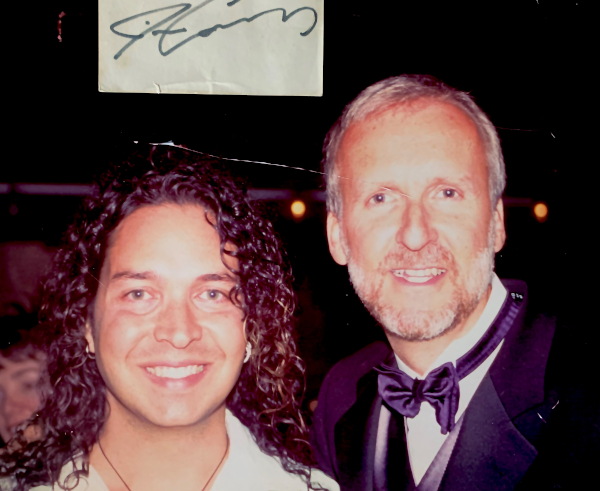
The real turning point for me occurred at a special festival screening of Titanic in Niagara Falls, near the birthplace of director James Cameron. I had the crazy idea that I would meet Cameron at the premiere, despite the fact that it seemed impossible to get to him with all the security and hordes of screaming fans. By the end of the night, I felt dejected and gave up. As I was walking to my car, I decided to take a circuitous route through a parking lot, and ran straight into James Cameron and his now wife, actress Suzy Amis! I blurted something like, “Hello, I loved your movie and I want to be a film director.” He said, abruptly, “If you want to be a director, grab a camera and shoot something.” His words hit me like a lightning bolt. Needless to say, I took his advice.
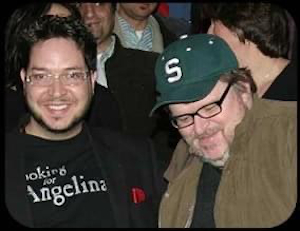
Several years later, I made my first feature, Looking for Angelina. It told the little-known story of an immigrant woman who killed her abusive husband with an axe on Easter Sunday in 1911. After having been deliberately buried for a hundred years, the story of Angelina was now on screen for the first time, exposing the ways in which layers of systemic racism, sexism and domestic violence affected this woman’s life and the lives of every member of her community. My dad attended the premiere at the Shadows of the Mind Film Festival in Sault Ste. Marie, Ontario, where the film was shot and the story took place. Coincidentally, Michael Moore and Jan Harlan (Stanley Kubrick’s brother-in-law and longtime producer) were also there. I will never forget the feeling I had when the film ended, the lights went up and the applause didn’t stop. I saw people in the audience crying, clearly moved. I got to meet Michael Moore and Jan Harlan. Jan Harlan approached me and told me how much he enjoyed my film. We became friends and later were on a panel together at that festival. These experiences shaped my life, and taught me that what unites all filmmakers is the desire to communicate, entertain and affect people emotionally. The same impulse that pushed me to go on stage at five, or 12, or 22.
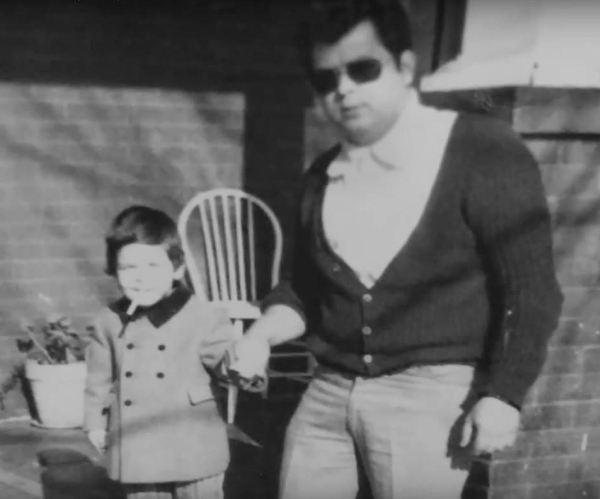
When I was prepping for my new film, The Cuban, I had a conversation with one of my favorite directors, Alexander Payne. I was expressing the angst I was feeling because I was about to embark on the biggest and most cathartic film of my career so far. Among the many other things he told me, this one hit me the hardest: “The business is hard, but if you aren’t happy, pack up and know there are at least another thousand filmmakers who would die to be in your shoes.” We are privileged to be practitioners in this very special art form. Making a film is always full of challenges, so it’s important to remember what a gift it is every day. After all, I’m not sure if my dad did what he wanted to do, or fulfilled all his dreams and desires. He achieved a lot for workers’ rights in the labor movement, but when he died suddenly at 71, his stories and dreams died with him. The Cuban is dedicated to him, and all that he taught me, not the least of which is to fight for what’s right and that, in the end, it is always worth pursuing what you love and what you are most passionate about.
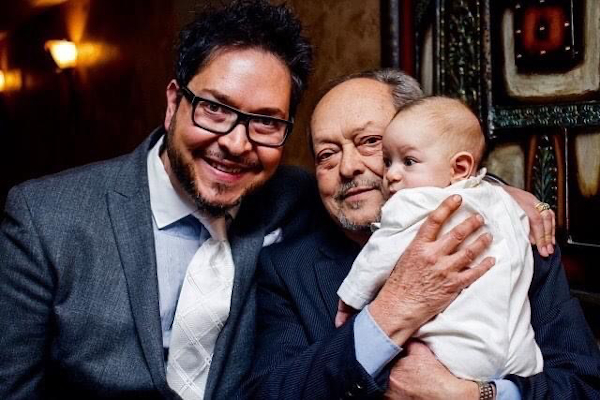
Featured image shows Sergio Navarretta with James Cameron (left); and with Lou Gossett, Jr. on the set of The Cuban.



